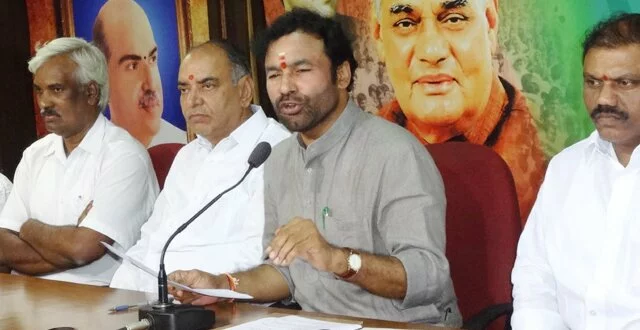Hyderabad, Nov 20 : The heavy burden of taxes being imposed on procurement of rice and wheat by Punjab followed by Haryana are contributing significantly to food inflation and hurting the common man the most, the ASSOCHAM advocated the Centre Government to develop a mechanism to be partly compensating these States to bring taxes on these items at a minimum level.
The Chamber said, the total taxation, including value-added tax (VAT), market fee and other charges on wheat, are the highest in Punjab (14.5%), followed by Haryana (11.5%). The taxation on rice is also highest in Punjab (14.5%) followed by Andhra Pradesh (13.5) and Haryana (11.5%).
The high taxes in Punjab and Haryana have also increased the burden of procurement of wheat and rice on government agencies, since the latter have to procure beyond the government’s need for providing necessary MSP (Minimum Support Price) to the farmers. The situation has also created a problem of accumulation of stocks in both states and the constraint of finding suitable storage facilities.
In fact, the ASSOCHAM Spokesman said, despite being among the highest producers of wheat and rice in the country, Punjab and Haryana have been driving out private traders from their markets because of the country’s highest tax rate on foodgrains transactions.
ASSOCHAM says, Andhra Pradesh is the Second highest state levying 13.5% tax on rice while Madhya Pradesh levy 9.2% on wheat and UP 8.5% on wheat and 9% on rice.
The Chamber said, the state like Punjab, Haryana and Andhra Pradesh are imposing heavy burden on rice and wheat procured by state agencies/FCI which are prohibitively expensive for common public besides hindering inter-state trade in there vital daily necessities.
In Punjab, the total revenue is of the order of Rs. 38,000 crores and VAT contributes about 35% at around Rs. 14,000 crores. Neighboring Haryana State which is comparatively a smaller state has almost the same revenue at Rs. 37,300 crores but has been able to garner Rs. 16,500 croes on VAT collections.
VAT is the key component in the state’s revenue. Out of around Rs. 1,20,000 croes total revenue, tax revenue account for almost 75 per cent and out of this VAT alone comprises over 50 per cent earned by the State. Since, VAT is linked to trade, industrial and commercial activity, it is important to adopt a progressive policy with regard to this aspect. While the collection of tax is a revenue exercise the buoyancy of tax collections reflect growth and pro-active policies of the state government and the tax administration. Andhra Pradesh registered a growth of around 25 per cent in VAT/Sales Tax collections against national average of 18 per cent during the year 2012-13. INN
 INN Live Urdu News Channel – India Breaking News, Headlines, Hyderabad اردو خبریں
INN Live Urdu News Channel – India Breaking News, Headlines, Hyderabad اردو خبریں
